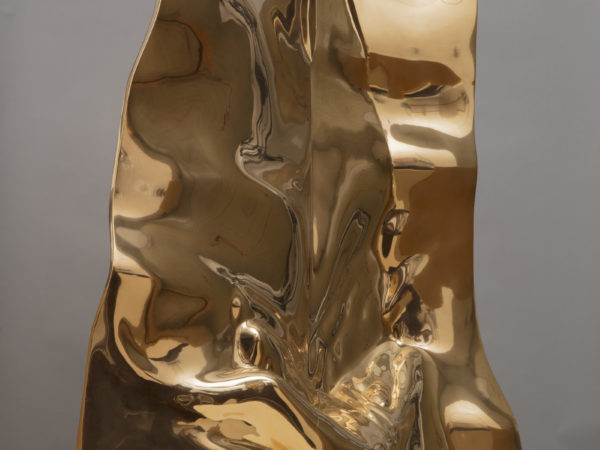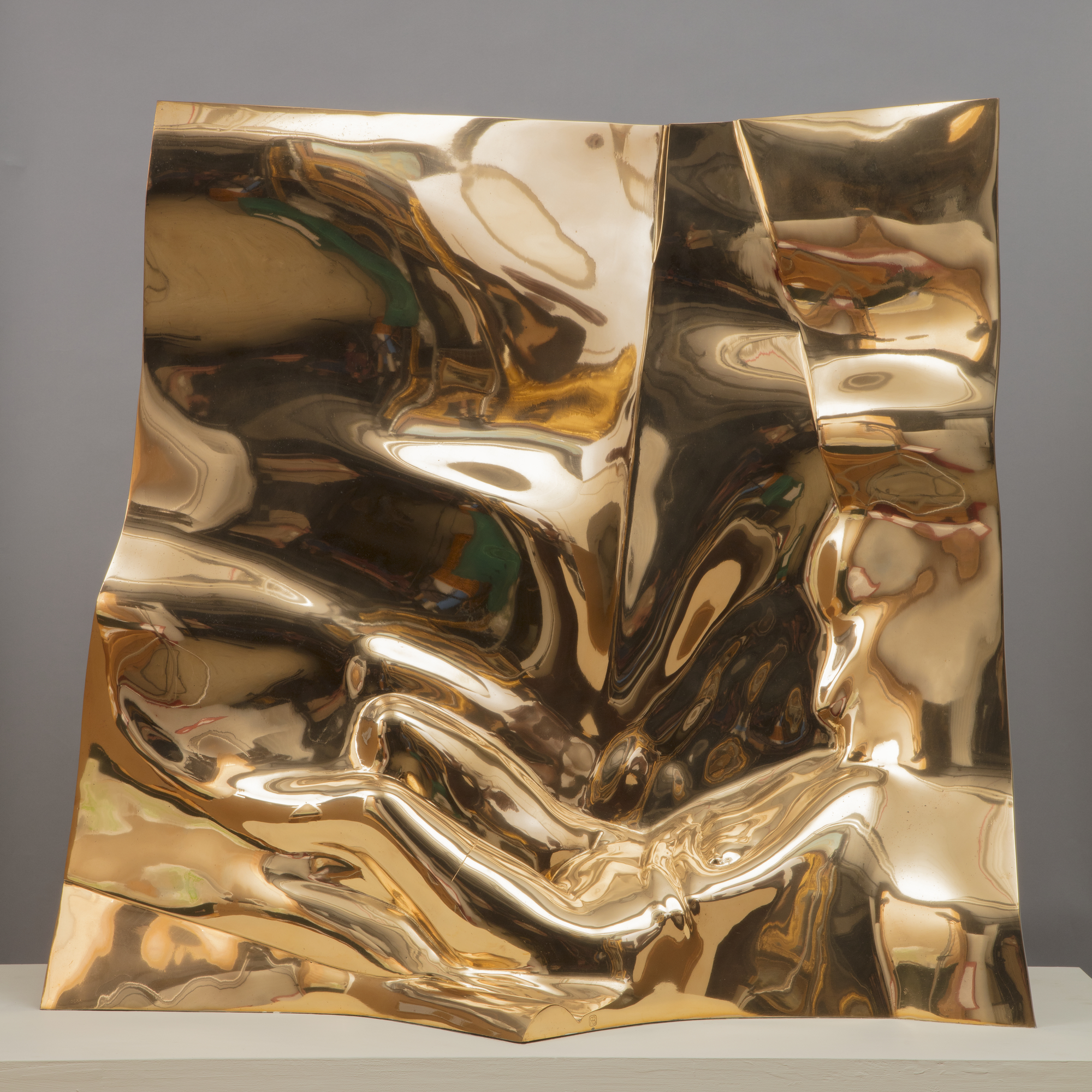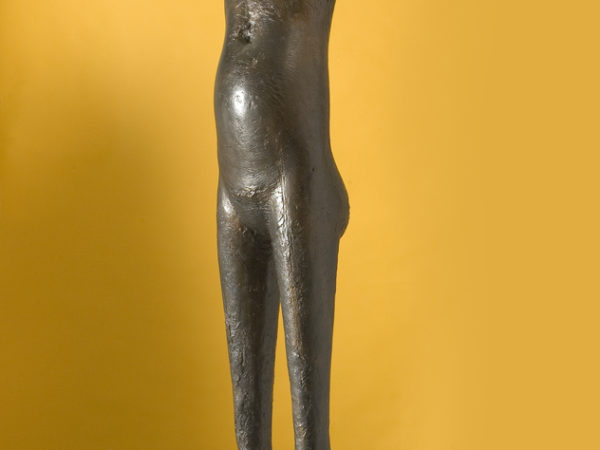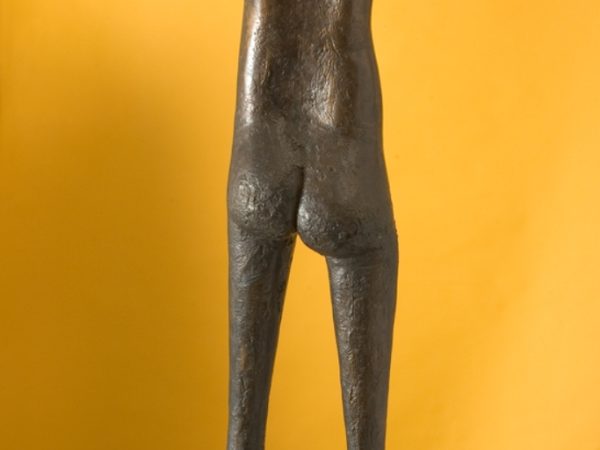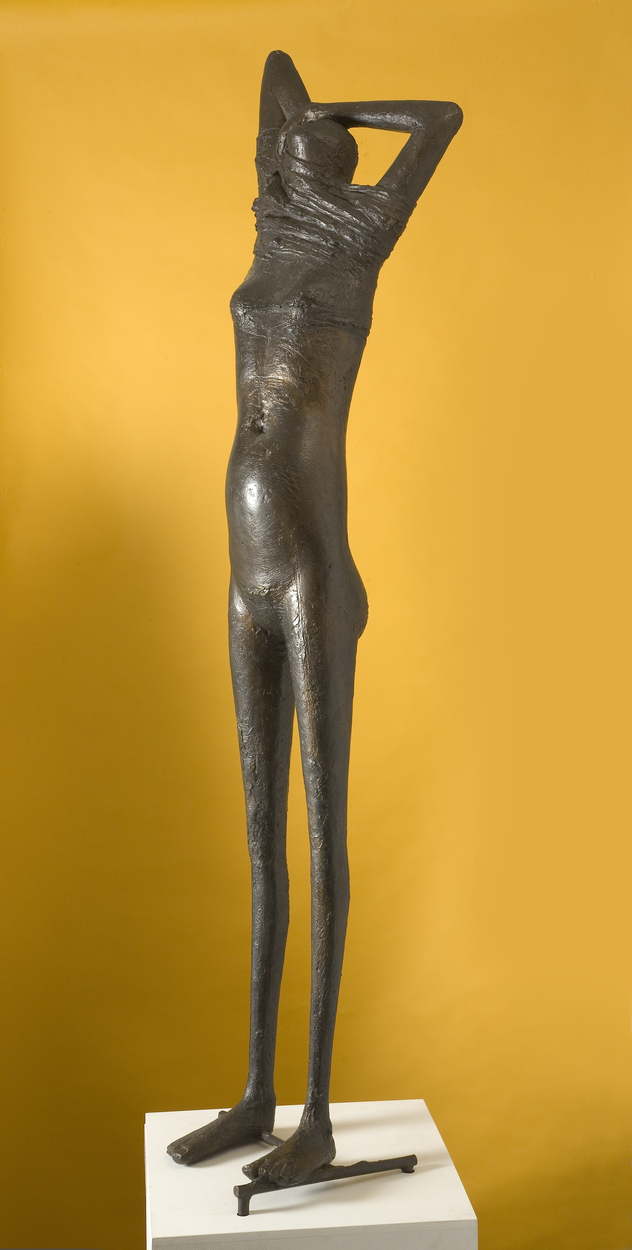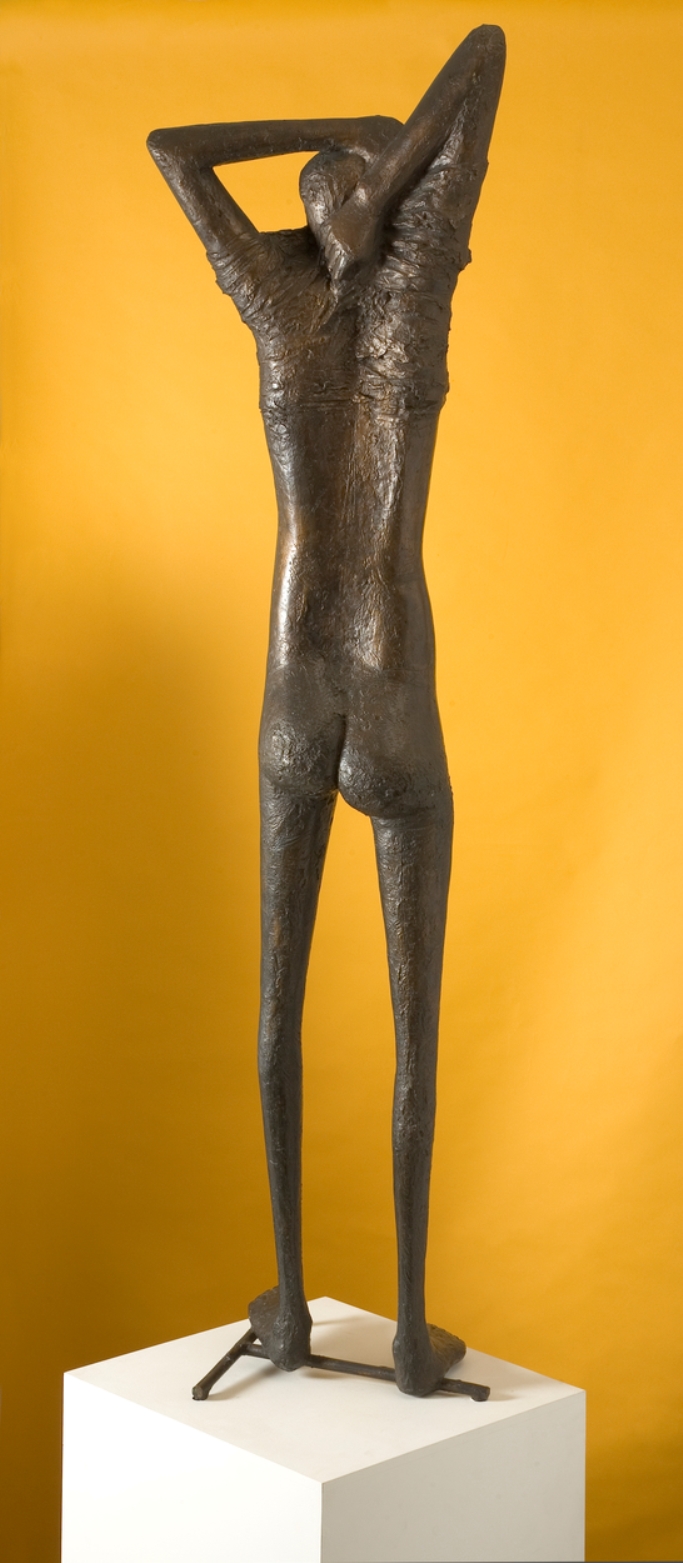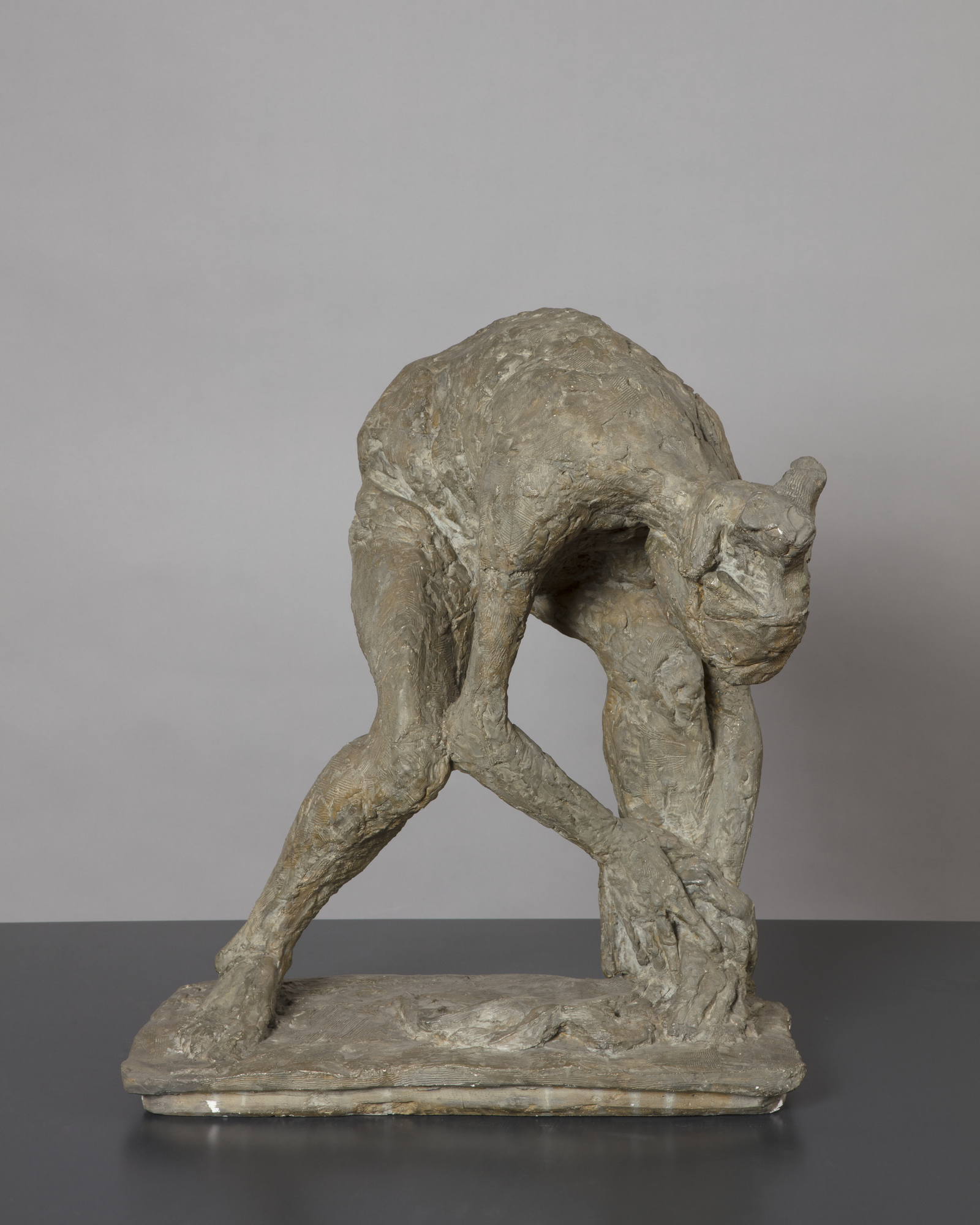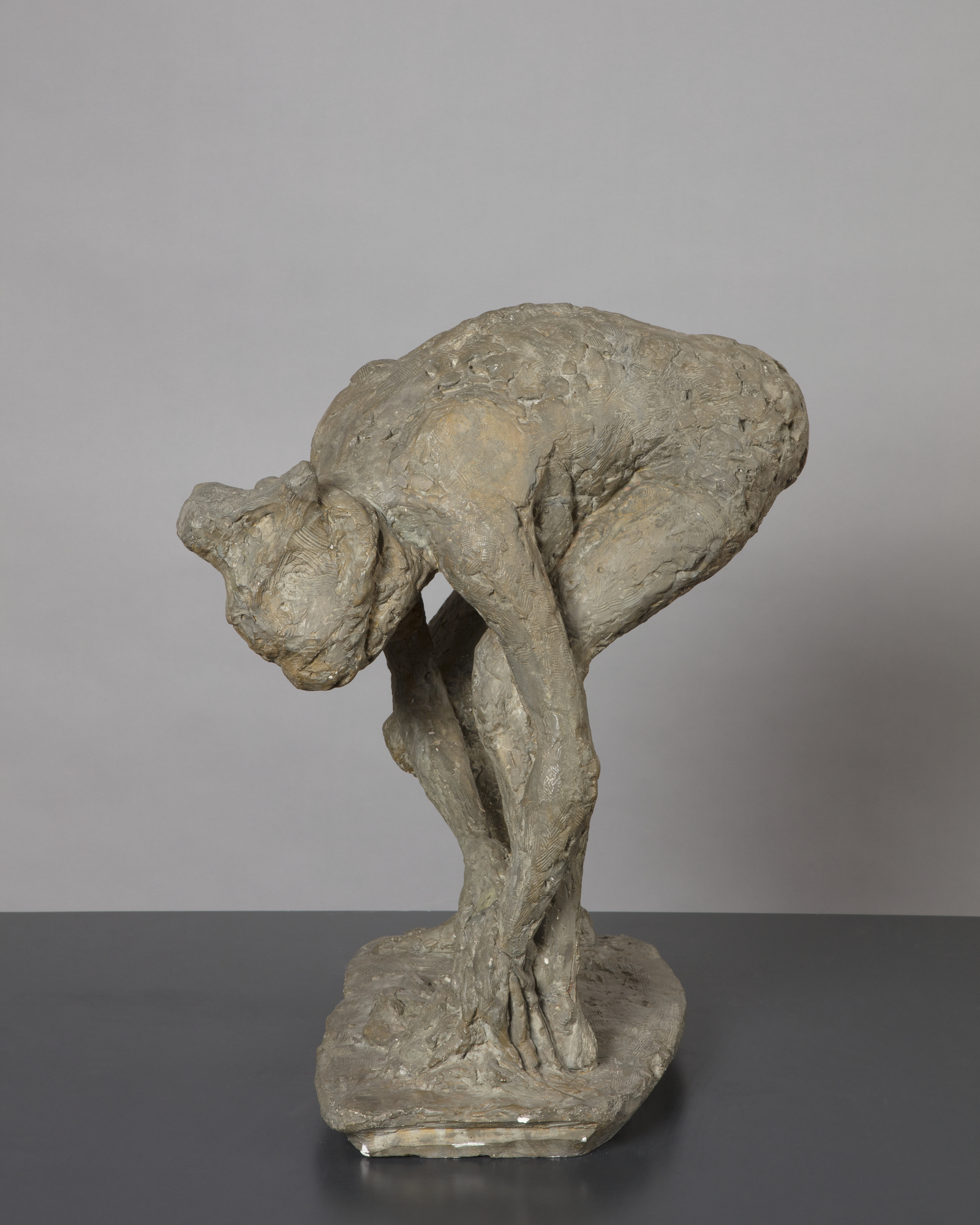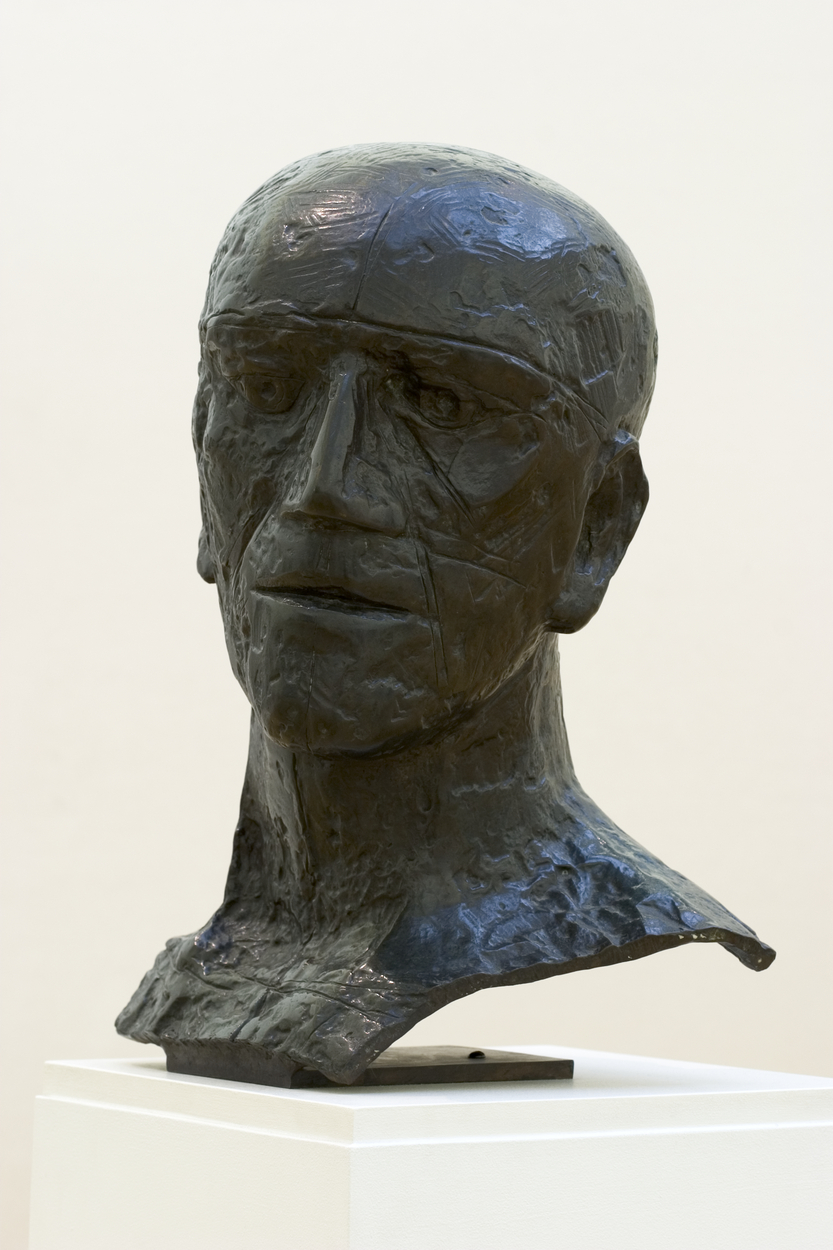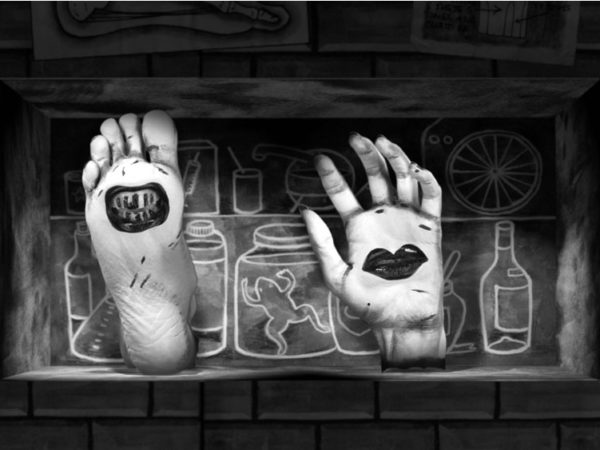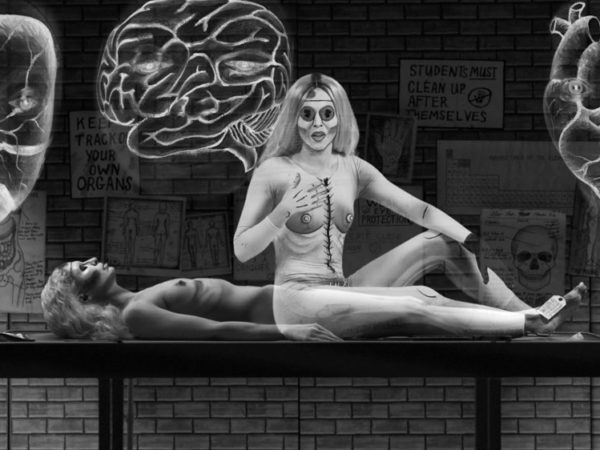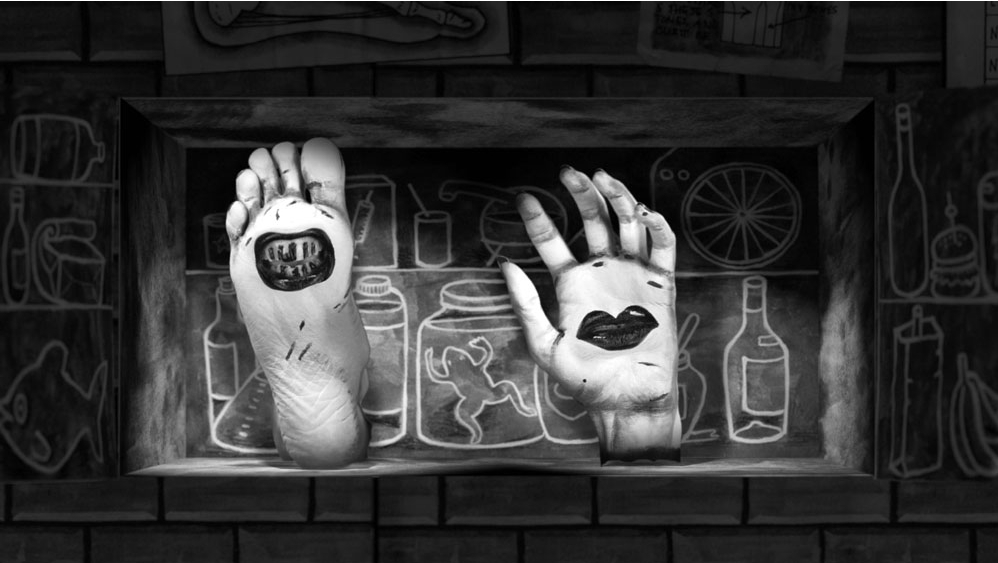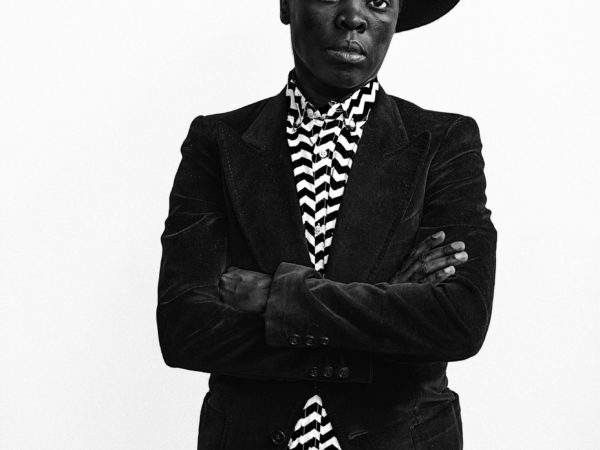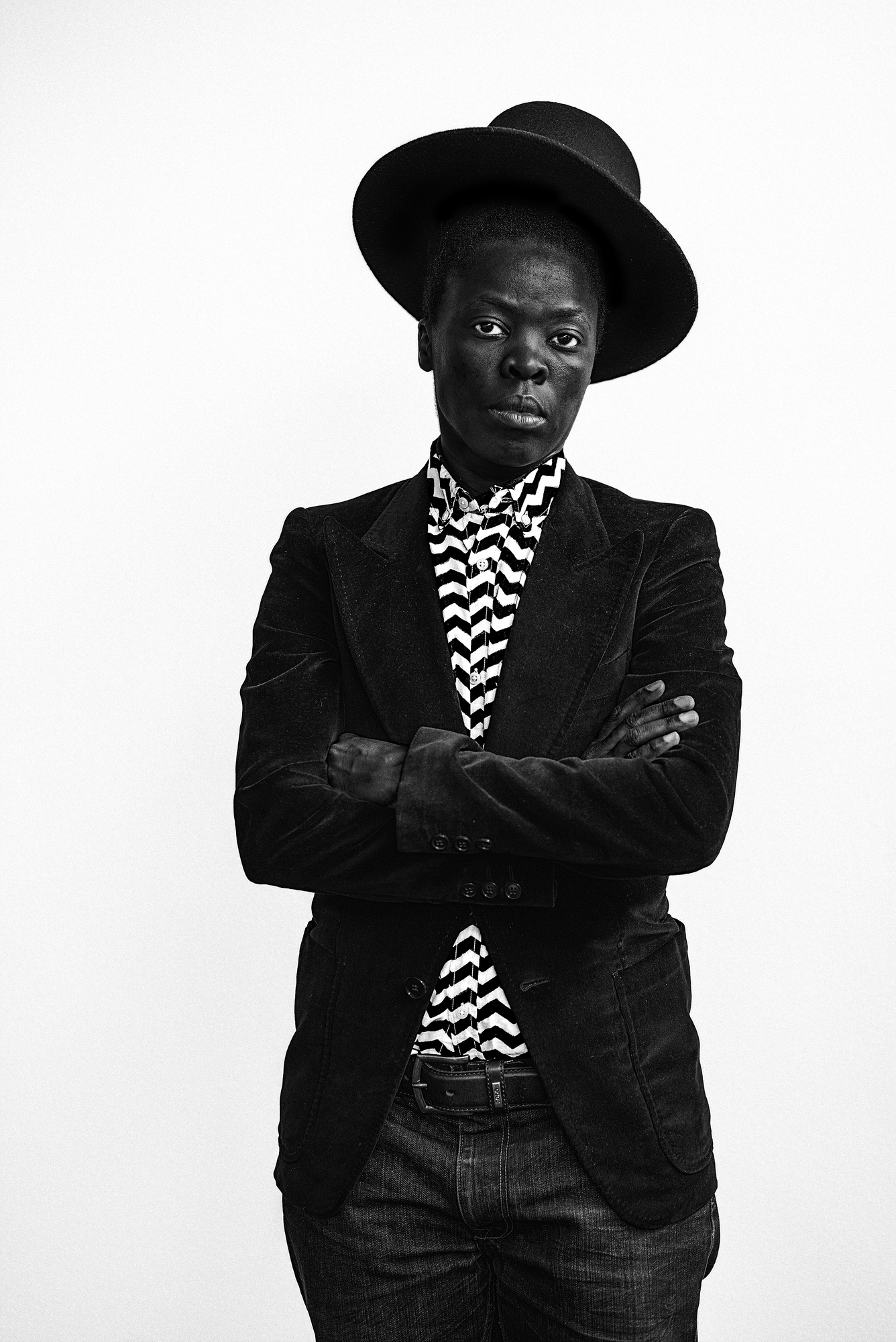Nude and naked
‘Pornography is another matter. Pornography attacks human identity; it is a destruction of individuality, an assault on the only thing we possess, and any artist concerned with making naked ladies must struggle to presume a balance between lust and compassion – the balance he wants to make the work right for him.’ Reg Butler
‘…and there is always in them a sense of gravity…which is an important part of being upright, or indeed, of being human at all.’ Hubert Dalwood
‘I enjoy looking at the male body, this has always given me the impetus and the energy for a purely sensuous approach to sculptural form. I like to watch a man walking and swimming and running and being.’ Elisabeth Frink
‘The human image has to be about LOVE and SORROW, this is what figure-making …has to be about.’ Reg Butler
In the 20th century the debate in art between the idealised image of the nude versus natural naked bodies continued. Artists gained a new freedom to experiment with erotic imagery from their interest in world sculpture. The art historical distinction between idealised nude and real live body was explored by Reg Butler and Hubert Dalwood. It inevitably focused on female bodies. Elisabeth Frink inverted this with her focus on energetic male bodies – swimming, rdng, running – or, in her Prisoner tribute heads, the victims of their violence. 50 years after the scandal involving Epstein and the BMA nudes, the taboos relating to sex in art were lifting. Many sculptors sought to depict sexual pleasure such as Ralph Brown’s Lovers, a rippling fusion of two bodies that are barely visible in his almost flat low relief. This shimmering fantasy brings a sense of movement to the idealised bodies. The contemporary artist Mary Reid Kelley’s darkly humorous video of an autopsy asks questions about the idealised female body, how we internalise ideas about beauty and posterity, and more. Meanwhile, Zanele Muholi’s Muholi Muholi is a photograph where the artist placed themselves in front of the lens, making reference to a whole tradition of studio photography and the figure of the African male dandy.
Image:
Untitled, lithograph, 1969
Lynn Chadwick (1914-2003)
Courtesy of The Estate of Lynn Chadwick
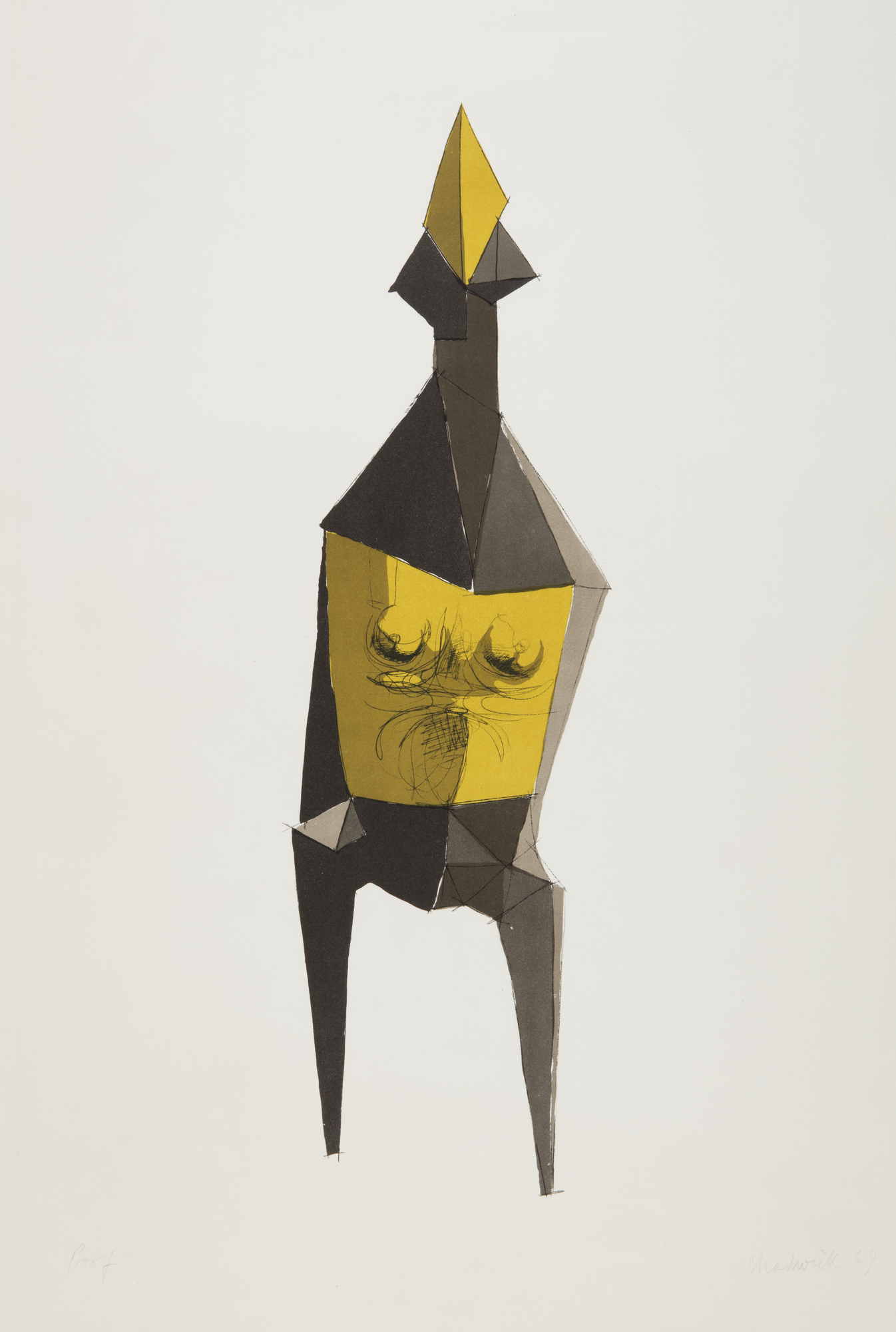
Ralph Brown, 1928-2013
Brown’s early public commission The Meat Porters in Harlow market in Essex shows two sturdy butchers heaving a hefty carcass. His work shifted in style and he experimented with enamelled casts such as for his rippling Odalisques that share the appearance of the abstract New Generation sculptures of Philip King (born 1934), but are not totally abstract. The Queen was his portrayal of absolute power, loosely based on Elizabeth I but mistaken for an unpatriotic portrait of Elizabeth II. It was remade larger than life size for his 80th birthday exhibition.
Ralph Brown, 1928-2013
Reg Butler, 1913-1981
Lynn Chadwick, 1914-2003
Courtesy of The Estate of Lynn Chadwick
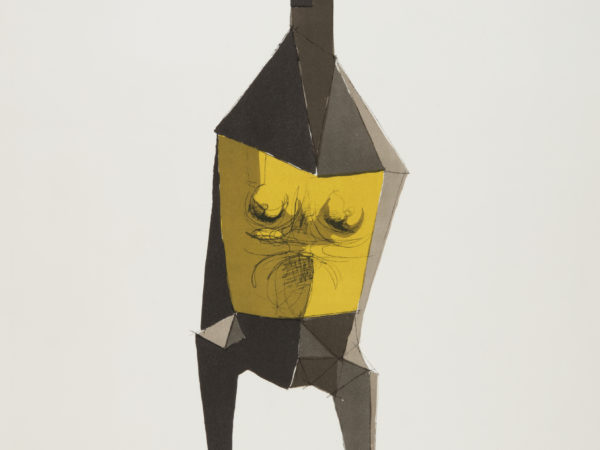
Untitled, lithograph, 1969
Hubert Dalwood, 1924-1976
‘the sensation of any of those figures is of a structure on which the flesh hangs, like a bag of water…’
The Bristol-born Hubert Dalwood attended West of England College ‘illegally’ and was suspended for the erotic nature of his work but later attended on day release from engineering. He was taught by Kenneth Armitage at Bath School of Art, Corsham Court. Dalwood‘s work took many forms, experimenting with modelling heavy female figures in the 50s, to carving and construction. Later in life he became interested in gardens, landscaping and land art, travelling to Japan to research. He died young, at 52, of systemic sclerosis.
Hubert Dalwood, 1924-1976
Hubert Dalwood ©/ Estate of Hubert Dalwood

Woman Drying her Feet, plaster, 1955
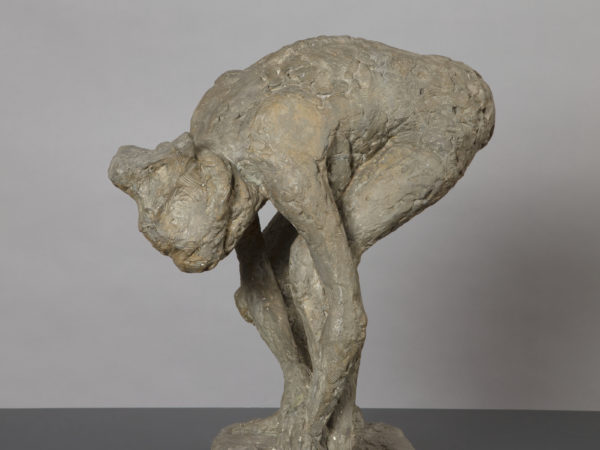
Woman Drying her Feet, plaster, 1955
Elisabeth Frink, 1930-1993
Elisabeth Frink © The Elisabeth Frink Estate and Archive. All Rights Reserved, DACS 2019
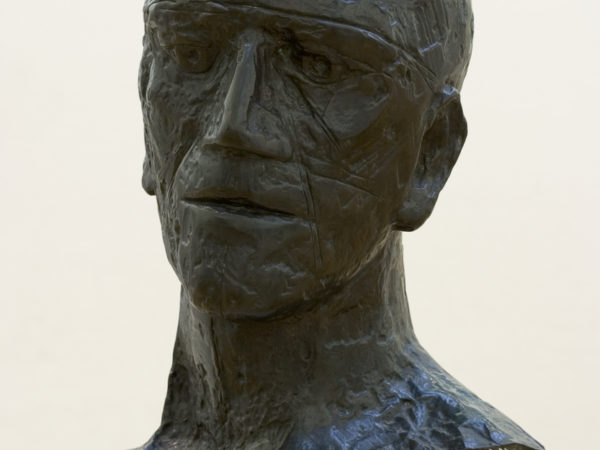
Prisoner, bronze, 1988

Horse and Rider, lithograph, ?1970
Mary Reid Kelley, born 1979 and Patrick Kelley
Mary Reid Kelley and Patrick Kelley make films that fall between performance and animation, with a heightened style of irony and caricature. The films combine performances from Mary, often in multiple roles, wearing illusionistic makeup, in hand-made sets, with green-screen animation, filmed in monochrome. Each work is acted in rhyming couplets and narratives range from Greek mythology (the Minotaur trilogy) to the French Revolution (The Syphilis of Sisyphus), to World War II (In the Body of the Sturgeon).
Mary Reid Kelley, born 1979 and Patrick Kelley
Zanele Muholi born 1972
‘I am black 365 days. I don’t need to mimic being black’
Zanele Muholi is based in South Africa and their photographic career has been a lifelong attempt to make visible the experience of LGBTQI people, especially lesbians who have experienced abuse and corrective rape. Muholi uses the third person pronoun and more recently has trained the camera on themself, producing a body of performative images, sometimes playful sometimes more serious.

